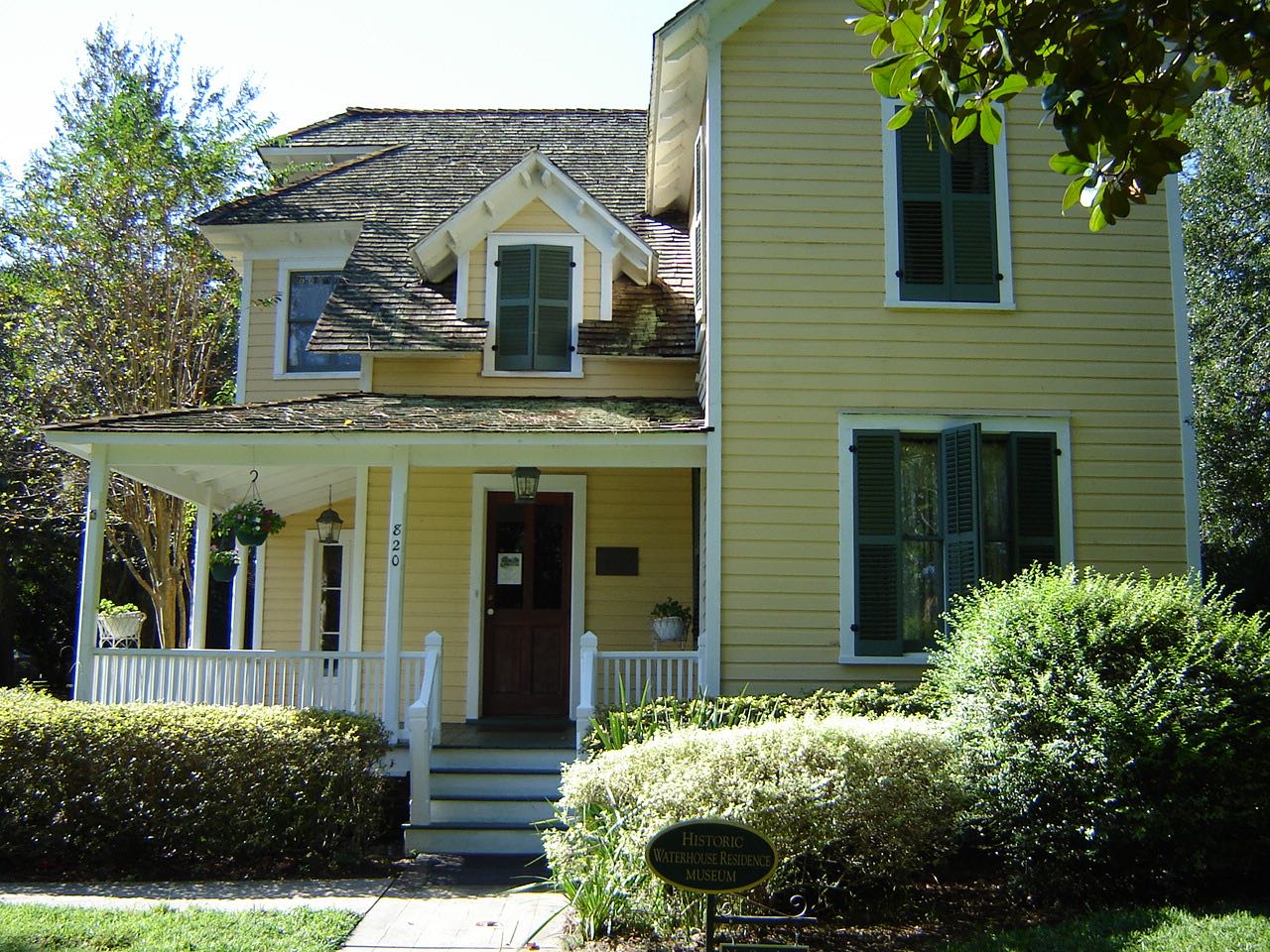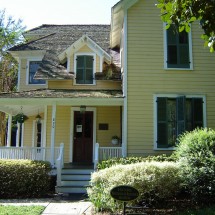A local museum, Art and History Museums Maitland, recently called us with an interesting project. They had committed to making the theme of their historic property representative of Dickens’ “A Christmas Carol” for the holiday season.
They needed a material historian who specializes in the Victorian era. More specifically, they needed someone who was familiar with the period between 1844 and 1924 here in Central Florida. One of their biggest concerns—and rightly so—was the historical accuracy of the items in the house.
The AST Exhibits team had a little more than two weeks to complete the project. And one of those weeks was the week of Thanksgiving. We knew we had to move fast.
We spent time looking for the right person to help, but couldn’t find anyone with the right specialty who could respond in the time that we needed. Further, covering 80 years of history during the development of Central Florida would be too large a task to throw at our historians.
So, we needed to find another approach. We decided to lead with the story.
The Waterhouse property has a rich, well-established history. We decided to identify what may have occurred in the house and the community at three specific times in history.
Back to Dickens
The Museum Director wanted to take the three main rooms of the house and stage Christmases past, present and future.
We decided to stage Christmas Past in the front parlor, as if it were the year 1844. The biggest issue was that the house itself wasn’t built until 40 years later. We decided to create an informal gathering. In the scene, the family who lives in the house removes some of the furniture and rolls up the rug so the room can be used for dancing. They invite neighbors over and a community member brings his fiddle to supply the music.
We staged Christmas Present in the dining room as the year 1884, the year that the house was completed and originally occupied. In this scene, the family moves an additional table into their dining room and invites a few notable local residents for Christmas dinner.
Finally, we staged Christmas Future in the back parlor, as if it were 1924. In this scene, the family has experienced several deaths, and there are no children living in the house. They choose to celebrate quietly at home.
After we established the basic structure of the story, our historians could jump into their research to clarify and enrich it. We worked with the museum staff to identify assets they already had or that they could get in time. We established our workflow based on the museum staff identifying potential resources, our historians researching items for the specific dates we chose, and by using items in the narrative we created.
It all happened quickly, and the exhibit was able to open on time. And like old Scrooge himself, the museum was able to bring to life the spirits of Christmases Past, Present and Future.
I would have loved to properly research this project before we committed to the exhibits, but there simply wasn’t the time or resources we needed for a traditional approach. In fact, had we taken a traditional approach, the project would never have happened.
We are aware of the dangers of cherry picking facts to support a narrative or agenda. That is not what this was. Rather, we devised a workflow with the resources we had available to complete a difficult project on time and within budget. That’s not just hard to say, it is also hard to do.
AST Exhibits are experts in deploying innovative solutions for your toughest challenges. We bring museum exhibits to life.
Contact us for a Consultation. Let us help you with your toughest challenges.


